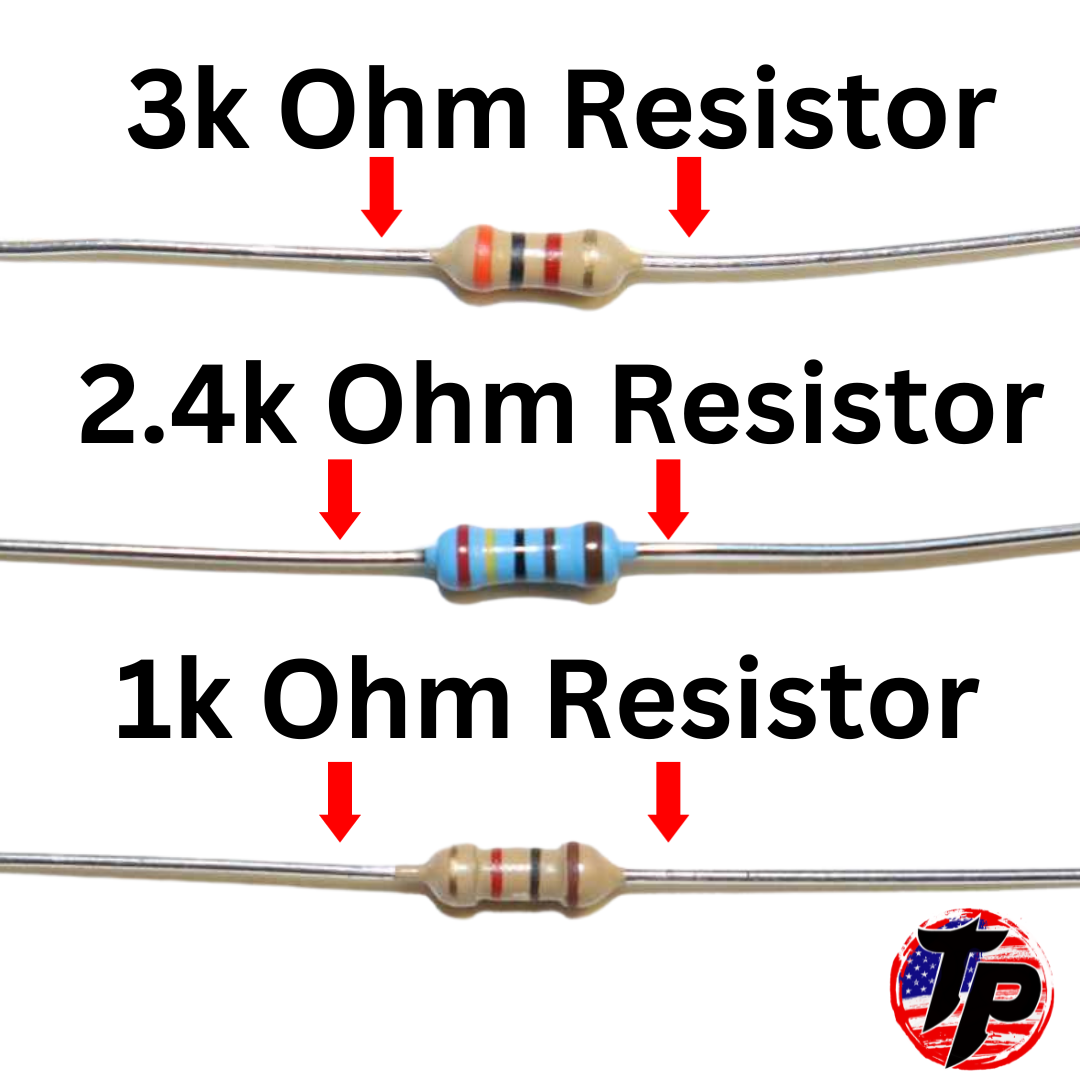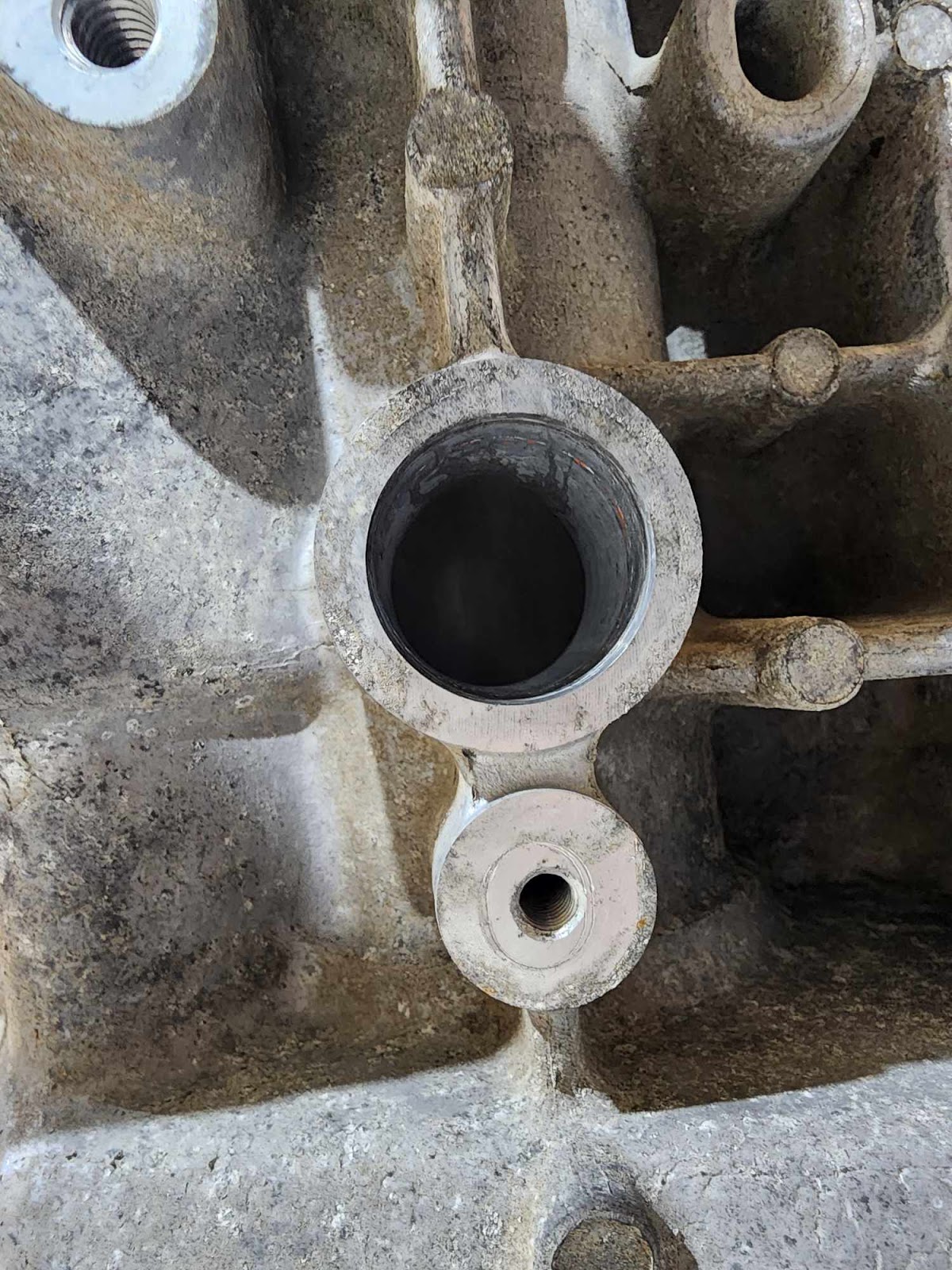How To Install Tick's Hall Effect Vehicle Speed Sensor
Posted by #TeamTick on 3rd Jan 2024
Tools Required:
- 10mm Socket
- 3/8 Drive Socket Wrench
- Wire Crimper Tool
Wire Information:
Blue - Ground
Tan - 12v Power
Black - Signal
Removing The Factory Sensor
The factory T56 transmission out of a 4th gen F-body features a speed sensor by the tail housing. It’s held in place by a 10mm bolt. Once the bolt is removed, the sensor can be pulled straight out.
Installing The Hall Effect Speed Sensor
Simply install the new sensor and re-install the factory 10mm bolt to secure the sensor in place.
Wiring The Sensor:
We include a male and female plug as well and terminals for a clean factory install with your current transmission harness. If you do not have a harness that directly connects into your EFI system see below:
Wire Information:
- Blue (Ground): Connect to a known ground, any bolt to the bare transmission will do.
- Tan (12v Power): Connect to a 12v ignition power source this will vary depending on your application.
- Black (Signal): Install this into an available I/O input wire. It will need to be configured as a Frequency “F” input, often referred to as Digital Speed/Frequency.
- Resistors: select the correct resistor for your application

Verifying ECU Input Pinout Location
Before continuing to the calibration, verify that you installed the black signal wire to the corresponding ECU pin on your EFI system.

Verifying Tooth Count
Simply remove the sensor, mark one notch with a pen or grease, then have a friend rotate the driveshaft with the car in neutral, while you count the notches until you return the one you marked. Always confirm your tooth count for your specific application.
- Most GM T56,TR6060, and Magnum F have a 17-count tooth.
- Most T56 Magnum, Magnum XL, and Ford style Tremec six-speed transmission (Ex. GT500 TR6060) have a 12-count tooth
Calibration
Your ECU may require additional info for accurate calibration like wheel size, gear ratio, and specific transmission. Calibration process will vary depending on your EFI system. Consult the manufacturer for further information.
How To Test Your Hall Effect Vehicle Speed Sensor
Testing a Hall Effect Vehicle Speed Sensor is vital to ensure your vehicle's speedometer and other related systems function accurately. This guide will walk you through the steps to test your speed sensor using a multimeter, whether it's installed in the vehicle or on a workbench.
Tools Required:
- Multimeter
- Known 12v power source
- Known ground
Wire Information:
- Blue - Ground
- Tan - 12v Power
- Black - Signal
Prepare the Sensor:
- Outside the vehicle: connect the blue wire to a known ground and the tan wire to a known 12v power source.
- While Installed in the vehicle: ensure it is wired correctly before proceeding.
Set Up Your Multimeter:
- Switch your multimeter to the voltage (V) setting.
- Ground the black lead of your multimeter to a known ground, like the transmission case.
- Prepare to probe the signal (black wire) with the red lead of your multimeter.
Testing Procedure:
Outside the Vehicle: Securely spin the input shaft while in neutral.
While Installed in Vehicle: Lift the vehicle, ensure it's in neutral, and spin the driveshaft.
Observing Results:
While the input/driveshaft is spinning, watch the multimeter for fluctuation in voltage. A fluctuating reading indicates a working sensor.
Important: voltage reading will vary depending on the power source & resistor used
If there's no fluctuation, re-check all connections and wiring, then repeat the test.
Troubleshooting:
- If after re-testing, the multimeter still doesn't show fluctuation, the sensor maybe defective and require replacement.
- If the sensor passes the test, but there's no reading on your EFI system, double-check wiring and settings on your EFI system or contact the manufacturer for further assistance.
- EFI systems vary so consult your EFI System Pinout for the correct pin/location for speed sensor input or contact the manufacturer for more information.
Safety Tips:
- Always ensure the vehicle is securely lifted and will not move during testing.
- Double-check all connections for safety before starting the vehicle or testing.
- By following these steps carefully, you can diagnose potential issues and maintain the sensor's efficiency. Remember, when in doubt, consult a professional mechanic for help

